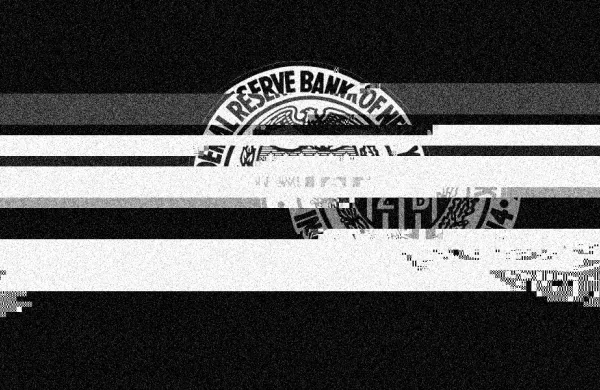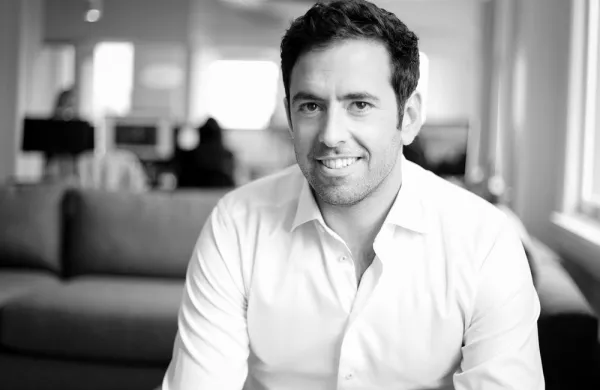The frenzy around blockchain and distributed ledgers is unprecedented. Some claim blockchain is a disruptive force on the verge of replacing legacy infrastructures. Others argue that the platform will have only a marginal impact in the next few years. For many, however, there is mostly uncertainty over the applicability of distributed ledgers to improve the posttrade process.
It’s not surprising that the industry is placing many bets on the future of blockchain technology. This feverish activity underscores an important and potentially troublesome issue: the lack of a clear and consistent vision of how and where distributed ledgers may be most effective. Whereas virtually all of the big banks, as well as many other industry participants, are actively working to develop use cases, efforts to date have been uncoordinated. In essence, much of the fintech revolution has involved a chaotic rush of vendors, partnerships and existing firms all pursuing opportunities but with different goals, standards and priorities.
If firms continue to work independently, the future may resemble today’s posttrade ecosystem: an amalgamation of internal and external systems that over decades has required significant investment and painstaking efforts to integrate. That is why industrywide collaboration will be key to any rearchitecture of core processes and practices to ensure standardization. Indeed, the real value of distributed ledger technology lies in its capacity to simplify the siloed design of today to drive greater efficiencies and cost reduction.
There will be many questions the finance industry needs to address in the years ahead. The most fundamental is whether this new platform is more cost effective than improving existing technology and whether it can overcome its inherent scale and performance challenges. Even though the posttrade system presently in place was not created through intentional architecture and design, it does the job well, helping to ensure that global markets are efficient, transparent and cost effective.
If implemented correctly, a secure distributed ledger, with complete and traceable transaction history for a set of assets that is shared and accessible only between trusted parties, could provide a significant improvement by modernizing and streamlining existing financial industry infrastructure.
At the same time, the technology is still immature and unproven, has inherent scale limitations and lacks underlying infrastructure to cleanly integrate into the existing market environment. Like all major technological advancements, improvements through sudden wide-scale adoption are very unlikely.
The path forward is for the industry to explore targeted opportunities to improve upon the existing infrastructure in certain areas in which automation is limited or nonexistent and the technology provides a clear benefit over existing processes.
There are many opportunities to make a more immediate and measurable impact, such as in master data management, confirmed asset trades, collateral management and — in the future — settlement.
The most logical way forward is for the existing, regulated and trusted central authorities to play a leading role in introducing the standards, governance and technology to support distributed ledger implementations. We believe these organizations, working in partnership with a wide swath of the industry, can help ensure that new opportunities are in the best interests of posttrade processing and consistent with long-standing goals of mitigating risk, enhancing efficiencies and driving cost efficiencies for market participants.
These are exciting times for fintech. It is inspiring to see so much activity around the opportunities presented by distributed ledgers. As we move forward, it is essential that all parts of the industry work in partnership to coordinate efforts and avoid repeating the mistakes of the past. When faced with a once-in-a-generation opportunity, it is wise to take a well-considered, collaborative design approach.
Michael Bodson is president and CEO of the Depository Trust & Clearing Corp., as well as of the Depository Trust Co., the Fixed Income Clearing Corp. and the National Securities Clearing Corp., the DTCC’s principal operating subsidiaries. He ranked No. 14 on Institutional Investor’s 2015 Tech 50 ranking.
Get more on trading and technology.





